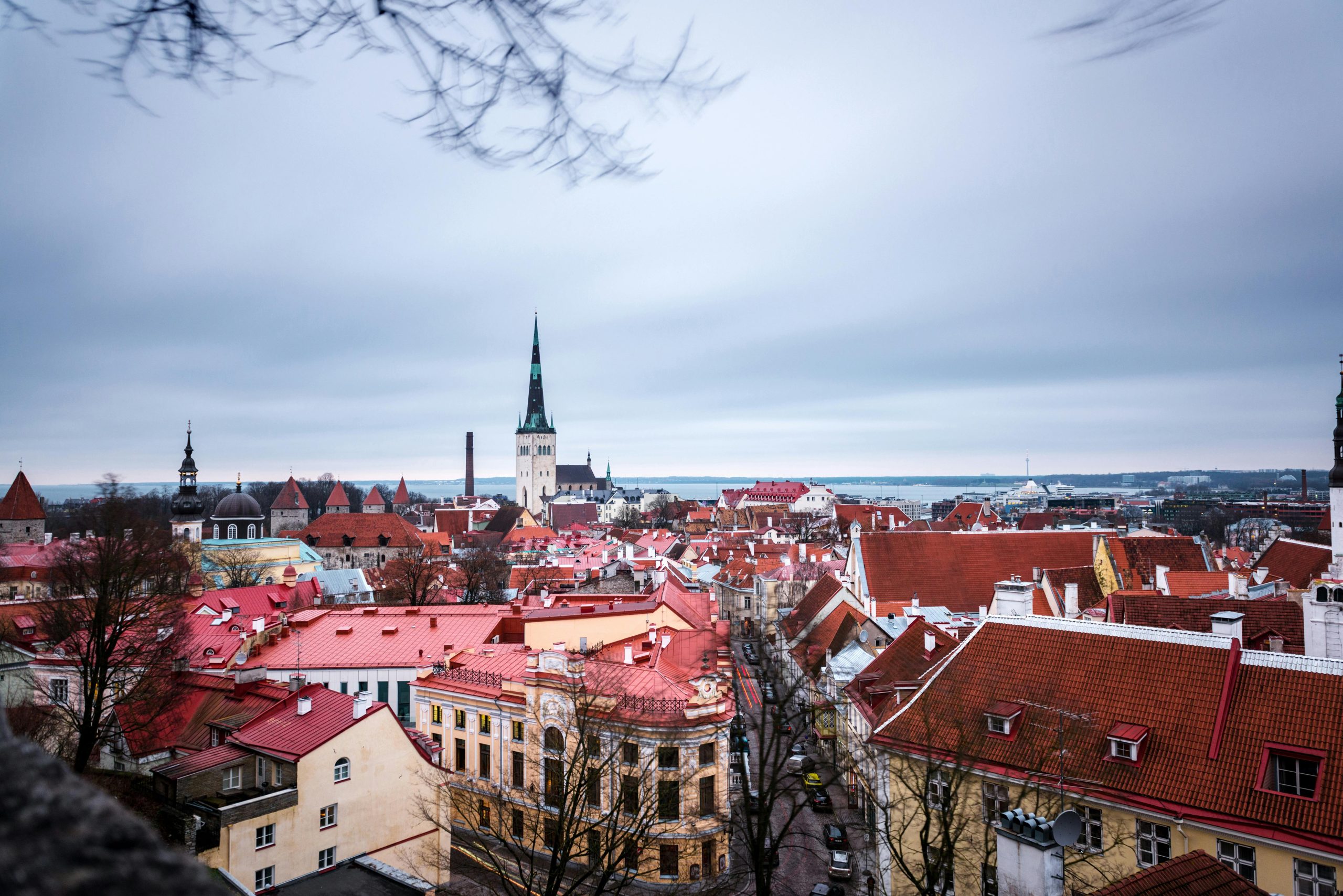The Estonian real estate market rebounded in July after a sluggish June, however, with the economy in decline for ten consecutive quarters and confidence in the economic environment remaining low, there is no rapid improvement on the horizon, according to Igor Habal, a member of the management board of the real estate agency Uus Maa.
Habal noted that the tax increases promised in the new government’s coalition agreement do not improve the situation but rather worsen people’s livelihoods.
“An increase in supply amid weak demand leads to longer sales periods and price corrections. While real estate has become more affordable relative to incomes, many people are postponing property-related decisions until the economic situation improves. This is also indicated by the sharp rise in term deposits, which accounted for 36.1 percent of resident household deposits at the end of June, compared to 24.1 percent in June 2023,” Habal wrote on the City24.ee website.
In July, 1,653 apartment transactions were recorded across Estonia, according to preliminary data. This was about 250 more transactions than in June, but exactly the same number as in July of the previous year.
“Compared to the same period last year, the number of transactions in the first seven months has decreased by 10.1 percent. The median transaction price has fallen for the sixth consecutive month; in July, the median price was 2,078 euros per square meter, which is 1.3 percent lower than last year. Based on the transactions in the first seven months, the median price was 2,033 euros per square meter, which is 4.3 percent lower. The transaction volume has dropped by nearly 13 percent over the year,” Habal said.
In Tallinn, around 700 transactions were completed, the best figure of the year and 8 percent higher than in July last year.
“However, activity in the new development market has declined over the past two months — while in April and May, sales exceeded 90 units based on public offering data, in June, 70 apartments were sold, and in July, 77 apartments. The increase in secondary market activity, combined with a decline in median prices, indicates that buyers of new homes are primarily active in the more affordable segments, and in a buyer’s market, sellers must lower prices. Exceptions are apartments in sought-after locations or those with unique features, where supply is typically limited,” Habal noted.
Habal pointed out that the situation in Tartu is slightly better compared to Tallinn, as the number of transactions in the first seven months has decreased by 11 percent, and the transaction volume by 13 percent, compared to 14 percent and 18 percent in Tallinn, respectively.
The market in Pärnu has recovered from the slump at the beginning of the year, and activity has slightly increased, he said. In July, 58 transactions were completed, the same number as in June, and 14 more than in the same period last year. Nevertheless, the number of transactions in Pärnu has decreased by 28 percent year over year.
Habal added that the Narva market is aligned with the trends in other larger cities, meaning there is also an increase in the number of listings, longer sales periods, and a decline in transactions and prices.
“However, since no new development transactions have yet been reflected in Narva’s transaction statistics, market fluctuations are much smaller. As a result, the number of transactions in the first seven months of the year has decreased by only 3 percent, and the median transaction price by 3.2 percent. In July, 60 transactions were completed, with a median transaction price of 490 euros per square meter. Both indicators are slightly below the average for this year,” Habal said.
Source: BNS
(Reproduction of BNS information in mass media and other websites without written consent of BNS is prohibited.)






















